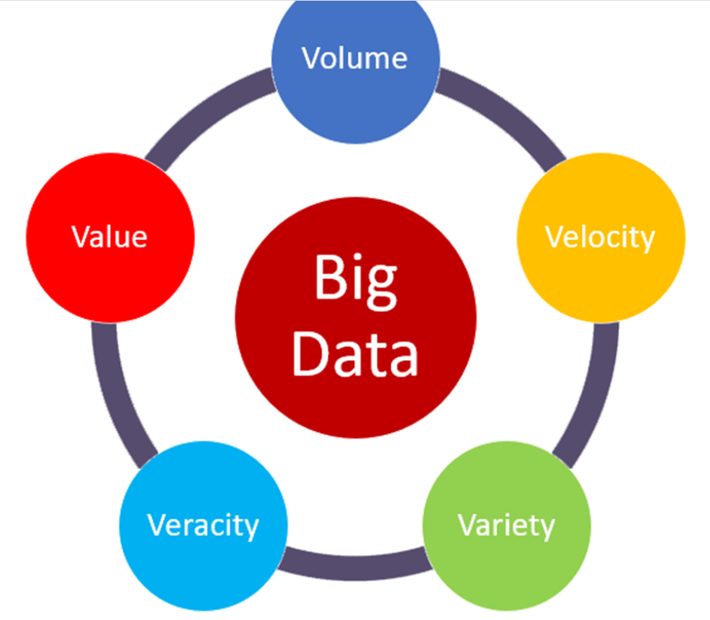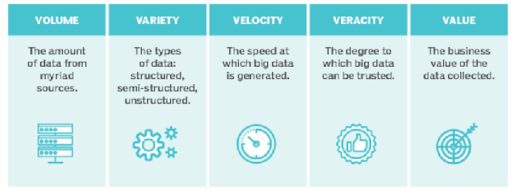
How do modern banks use Big Data?
Recently, we have been hearing about Big Data more and more often. In today’s digital world, this technology is being actively used in the financial industry as well. Let’s take a closer look at the tasks tackled by Big Data in banking and the ways it ensures cyber security and increases customer loyalty.
Handling data before and now
Some fifty years ago, a typical bank customer let’s call him Spencer walked into a branch in his city, where a cashier met him. The cashier knew his client because he had provided services to Spencer for many years. He knew where Spencer worked and what his financial needs were – and accordingly, he understood how to serve him.
Such a model existed for quite a long time. Banks earned and maintained the trust of their customers who had personal contact with bank employees.
Today, Spencer may work for an international company that has offices in several countries. It’s quite possible that he will stay in London for two years, then in Berlin for a year, then in Dubai for another two years, and his next stop will be Singapore.
If the old scheme had been in place until now, it would have turned out to be absolutely unadapted for today’s reality. No bank employee would have accurate information about Spencer’s financial affairs or know how to meet his current financial needs.
We live in a world where many industries, including the banking sector, solve issues thanks to a new customer service model. Data Science in banking allows one to continuously analyze and store all information from traditional and digital sources, creating an electronic trail of each client. Here the technology like Big Data comes to the rescue.
What is Big Data?
Big Data refers to an ever-growing volume of structured and unstructured information of various formats, which belongs to the same context. The main properties of this technology are volume, velocity, variety, value, and veracity.


Such data sets from various sources are beyond what our usual information processing systems can manage. However, major world companies are already using Big Data to meet non-standard business challenges.
According to Reuters, in 2019, the Financial Stability Board issued a report stating the need for vigilant monitoring of how companies use the Big Data tool. The major players including Microsoft, Amazon, eBay, Baidu, Apple, Facebook, and Tencent have vast databases that surely give them a competitive edge. In addition to their core operations, some of these corporations already offer their clients such financial services as asset management, payments, and lending activities.
The importance of Big Data for banks
Thus, non-banking companies can enter the area of financial institutions due to the availability of the necessary data. And what about Big Data in FinTech for the banks themselves?
American Banker has compiled a list of the main trends in the banking sector in the coming decade. Experts call the increasing role of user data one of the most important areas. After all, if the bank can provide the client with the very services and advice they need at that moment it is first-class performance.
Some banks launch AI-powered apps where users can get advice on financial literacy, spending, saving, and investment – and all this based on their personalized requests.
For example, in 2019, Huntington Bank launched the Heads Up app. It sends warnings to clients about the possibility of covering the planned costs in the next period, based on the dynamics of their spending. Subscription billing notifications let the users know when the free trial ends and they are charged a subscription fee. Other notifications signal erroneous withdrawals of amounts from customer accounts, for example, when paying at a store or restaurant.
These applications use Predictive Analytics to monitor transactions in real-time and identify consumer habits, providing them with valuable insights.
Why else is the role of Big Data increasing?
Today, customers dont have the same attitude toward banks as before. Consider Spencer from our example – earlier, he had to contact the physical branch of the bank to solve each of his issues, and now he can receive an answer to almost any question online.
The role of bank branches is changing. Now they can focus on other important tasks. Clients, in turn, use mobile applications, have constant online access to their accounts, and can perform any operation from their smartphones.
It is also important that, in the modern world, people are more willing to share information about themselves. They leave reviews, mark their location, create accounts on social networks. Such tolerance for risk and willingness to share personal data results in the emergence of a huge amount of information from various channels. This means that the role of Big Data is increasing.
How banks use Big Data
Thanks to the above-described technology, banks can draw conclusions about the segmentation of their customers and the structure of their income and expenses, understand their transaction channels, collect feedback based on their reviews, assess possible risks, and prevent fraud.
Here are just a few examples of how banks use Big Data and what benefits it brings them.
- Analysis of clients incomes and expenditures
Banks have access to a wealth of data on clients’ incomes and expenditures. This is information about their salaries for a certain period and the income that passed through their accounts. A financial institution can analyze this information and draw a conclusion about whether the salary has increased or decreased, which sources of income have been more stable, what the expenditure was, which channels the client used to carry out certain transactions.
By comparing the data, banks make informed decisions about the possibility of credit extensions, assess the risks, and consider whether the client is interested in benefits or investments.
- Segmentation of the customer base
After the initial analysis of the income-expenditure structure, the bank divides its customers into several segments according to certain indicators. This information helps to offer clients the right services in the future. And this means that the financial institutions employees can better sell auxiliary products and attract customers with the help of individual offers. In addition, the bank can estimate the customers expected expenditures and incomes in the next month and draw up detailed plans to ensure the net profit and maximize income.
- Risk assessment and fraud prevention
Knowing the usual patterns of peoples financial behavior helps the bank to know when something goes wrong. For example, if a cautious investor tries to withdraw all the money from their account, this could mean that the card has been stolen and used by fraudsters. In this case, the bank will call the client to clarify the situation.
Analyzing other types of transactions also significantly reduces the likelihood of fraud. For example, Data Science in banking can be used to assess risks when trading stocks or when checking the creditworthiness of a loan applicant. Big Data analysis also helps banks cope with processes that require compliance verification, auditing, and reporting. This simplifies operations and reduces overhead costs.
- Feedback management to increase customer loyalty
Today, people leave feedback on the work of a financial institution by phone or on the website and give their opinion on social networks. Specialists analyze these publicly available mentions with the help of Data Science. Thus, the bank can promptly and adequately respond to comments. This, in turn, increases customer loyalty to the brand.
Today, Big Data analysis opens up new prospects for bank development. Financial institutions that apply this technology better understand customer needs and make accurate decisions. Hence they can be more efficient and prompt in responding to market demands.
